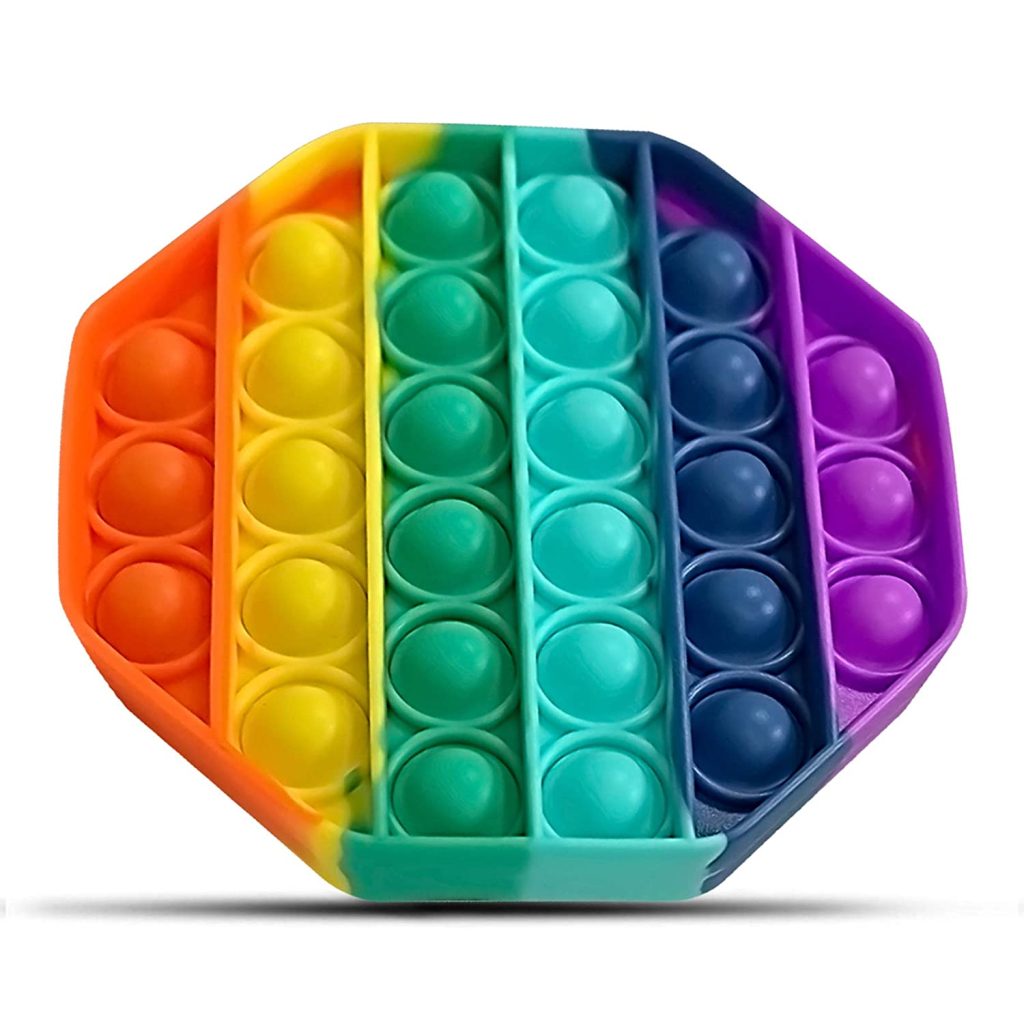There are probably not many other toys with names that are more descriptive. Fidgeting is a default habit that can be managed most effectively by targeted redirection, which is well known to any parent who has a very active kid. And the fact of the matter is that any kid, regardless of how busy they are, will fidget, which is why “pop it toys” have been around long before the term was coined to describe them.
When spinners started a contentious discussion on the advantages and disadvantages of fidget toys, the attention was primarily on the distraction that certain fidget toys caused in schools and other settings. This was true regardless of the device in question. On the other hand, toys that encourage fidgeting, in general, may confer various advantages on children.

1. Improved Capacity for Concentration and Focus
Research has shown that children can enhance their attention and concentration and their ability to regulate and manage their motions. This is particularly true in situations when they are feeling nervous or agitated. Because they engage both the right and left hemispheres of the brain, movement and sensory input are critical components of the process of learning and carrying out activities.
In addition, case studies have shown that using fidget toys may enhance educational performance. For instance, one investigation on the effects of pop it toys concluded that providing children with stress balls improved academic performance, particularly among kids diagnosed with ADHD.
2. Incorporate Movement Into Your Routine to Stimulate the Brain Stem
The brain stem is responsible for regulating many of the most fundamental processes of the body, including breathing, heart rate, and awareness, which is one of its primary roles. And the degree to which one is alert or tired. Some children’s brains can wake up, but they cannot remain aware, whereas the brains of other children need some assistance in order to even begin to awaken.
The brain stem may be stimulated by movement, one of the primary purposes that fidget toys can serve. Training, even as simple as fidgeting with one’s hands, may be beneficial since it helps transmit messages from the body to the brain, telling it to wake up and be attentive.
3. Provide Fun Mental Occupation
A child’s attention may be diverted usefully and productively occupied by using fidget toys. In addition to increasing concentration and productivity, providing some mental stimulation in the form of enjoyable distractions for your kid might make it simpler for them to concentrate later.
In addition to that, they are entertaining! It is common knowledge among adults that children need to take breaks from their homework and study to engage in unstructured play via pop it toys. On the other hand, Fidget toys may provide a toy that is easy to use, doesn’t need much concentration, and is easy to contain.
4. Find ways to relax and let go of your worries

Anxiety, stress, and even learning problems such as ADHD may affect the whole body, but the hands and fingers are the most noticeable parts of the body that are impacted by these conditions. When a child’s anxiety levels are high, they may experience trembling, restlessness, and even cramping in their hands and fingers.
Fidget toys, since fidgeting is a relaxing strategy, may help a youngster feel more at ease, even though they cannot avoid or get rid of the problems themselves. Children can keep their hands occupied constructively with tools like fidget spinners and cubes. One research concluded that adult patients who were anxious before surgery might benefit from the use of fidget toys.
